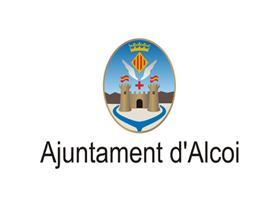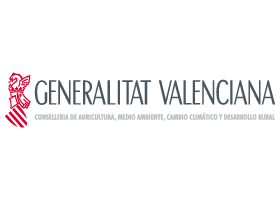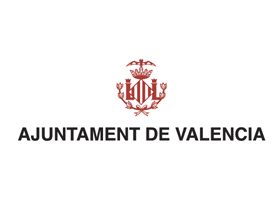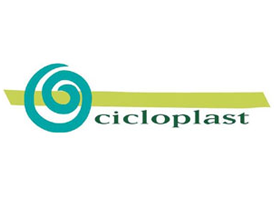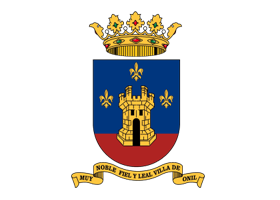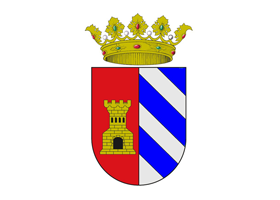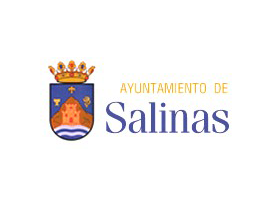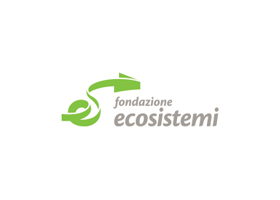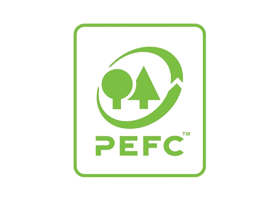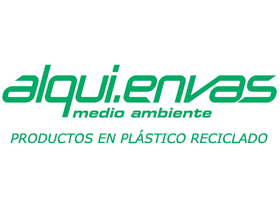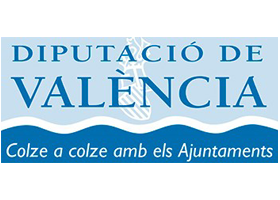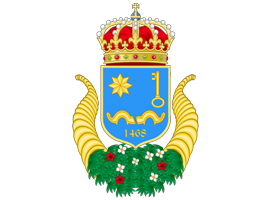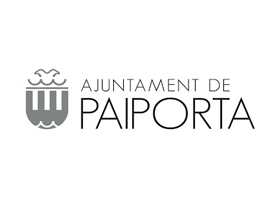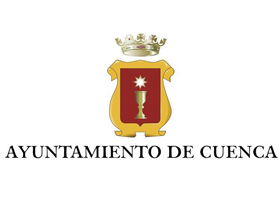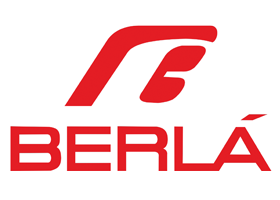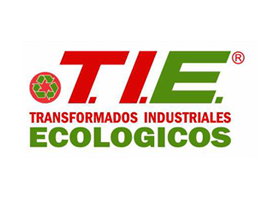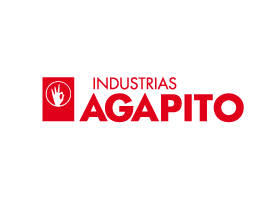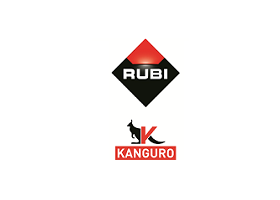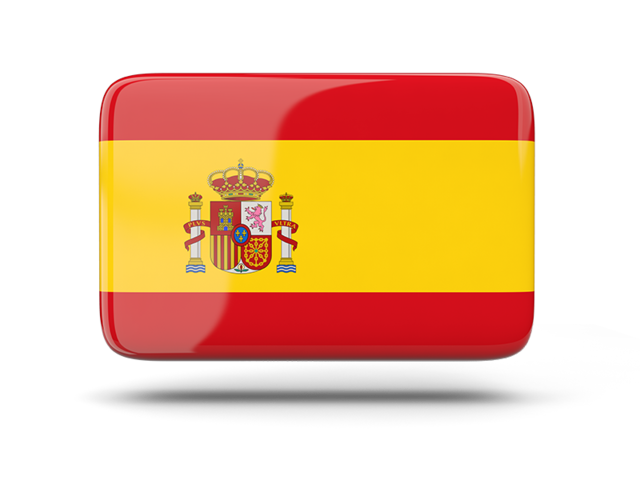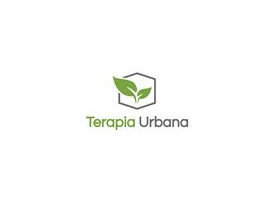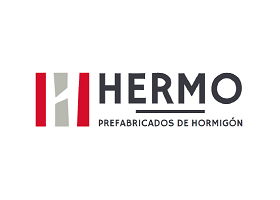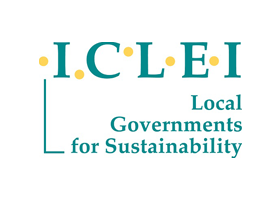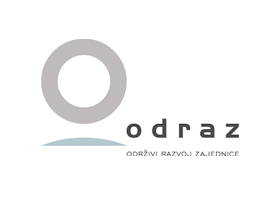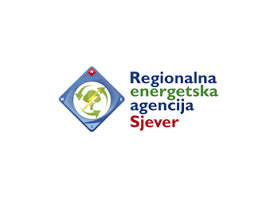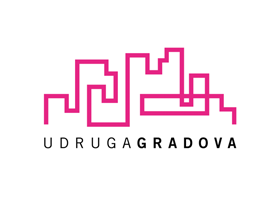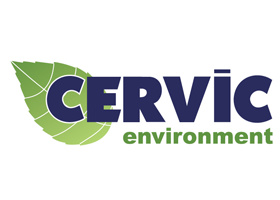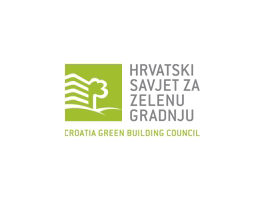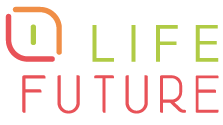In this section, you can access to the latest technical information related to the FUTURE project topic.
Each year on America Recycles Day, we come together to spread the word about the important role recycling plays in reducing plastic waste. This year is particularly special, marking 25 years since President Bill Clinton’s 1999 America Recycles Day proclamation, making the day a national observance. In addition to highlighting the environmental and economic benefits of recycling, the proclamation also underscored the importance of purchasing products made from recycled materials:
“The recycling process is complete only when recovered materials return to the market as new products for purchase by consumers.”Twenty-five years later, President Clinton’s words have never been more true. When we recycle more, we can all use less – less of the Earth’s finite resources and less energy to extract and process virgin materials.
We all want to use less, so how do we recycle more? A critical step is understanding how the recycling process works.
Every year, recycling keeps billions of pounds of plastic out of oceans and landfills, protecting the environment, strengthening the economy, and helping the country move towards a circular economy. But how do those billions of pounds of plastic get recycled? What happens after plastic bottles or containers are tossed into the recycling bin?
After recyclables are collected, they are transported to one of over 400 Material Recovery Facilities (MRFs) across the United States that sort and bale plastics, and other materials, so they can be sold to recyclers. This is done with conveyor belts, magnets, NIR sorters, people, and other technologies. Once bales of plastics make it to the recycler, they are further processed through a series of steps including grinding, washing, elutriation, decontamination, melting, and filtering so they can be sold to a manufacturer to be made into new products.
Although recycling is a complex, reverse supply chain, it is a fascinating journey that happens every day across America and beyond. On America Recycles Day we encourage you to learn more about this journey with these helpful resources:
- Episode 37 of APR’s Recycled Content Podcast, Exploring the Role of MRFs & the Recycling Journey with Eureka Recycling Co-President Miriam Holsinger, takes you behind the scenes of one of the nation’s cleanest MRFs to explore their critical role in the recycling supply chain. Miriam shares her expertise on how recyclables are collected, sorted, and processed at MRFs, and explains the technologies used to separate different materials like plastics, aluminum, and glass so they can eventually be made into new products. She and Recycled Content host, Kara Pochiro, dive into some of the challenges MRFs face, common misconceptions about recycling, and the impact of policy on recycling efforts. Want to know how much of what you put in the bin actually gets recycled? Then tune in!
- See the Plastics Recycling Process in action on the APR website. Follow along as recyclables are collected, transported to a MRF, then on to the recycler, and eventually manufactured into new products. This great resource includes definitions of each step of the process, videos, and helpful tips.
- The Plastics Recycling Glossary provides a comprehensive review of terms and concepts specific to the plastics, packaging, and recycling industries. It’s an essential guide for seasoned professionals and newcomers alike to understand the technical language used in these fields. From common acronyms to specialized processes, this glossary is an invaluable tool for navigating the complex world of plastics recycling.
When we fully understand how the plastics recycling process works, we can work together as an entire recycling supply chain to ensure more plastics are designed for recycling, collected for recycling, and processed into new materials.
When we recycle more, we can all use less. On America Recycles Day, we recommit to recycling. Recyclable plastic in the bin means more products made from recycled material, and less from virgin plastic. Less virgin plastic means less use of the Earth’s finite resources and less energy to extract and produce virgin materials.

» Publication Date: 08/11/2024
» More Information
« Go to Technological Watch
